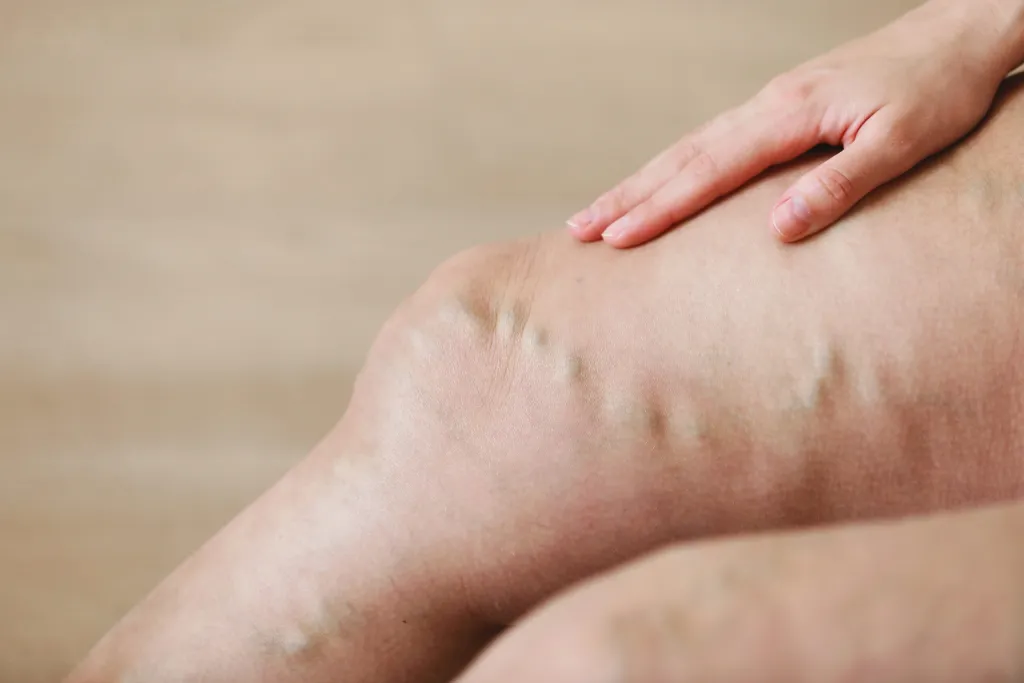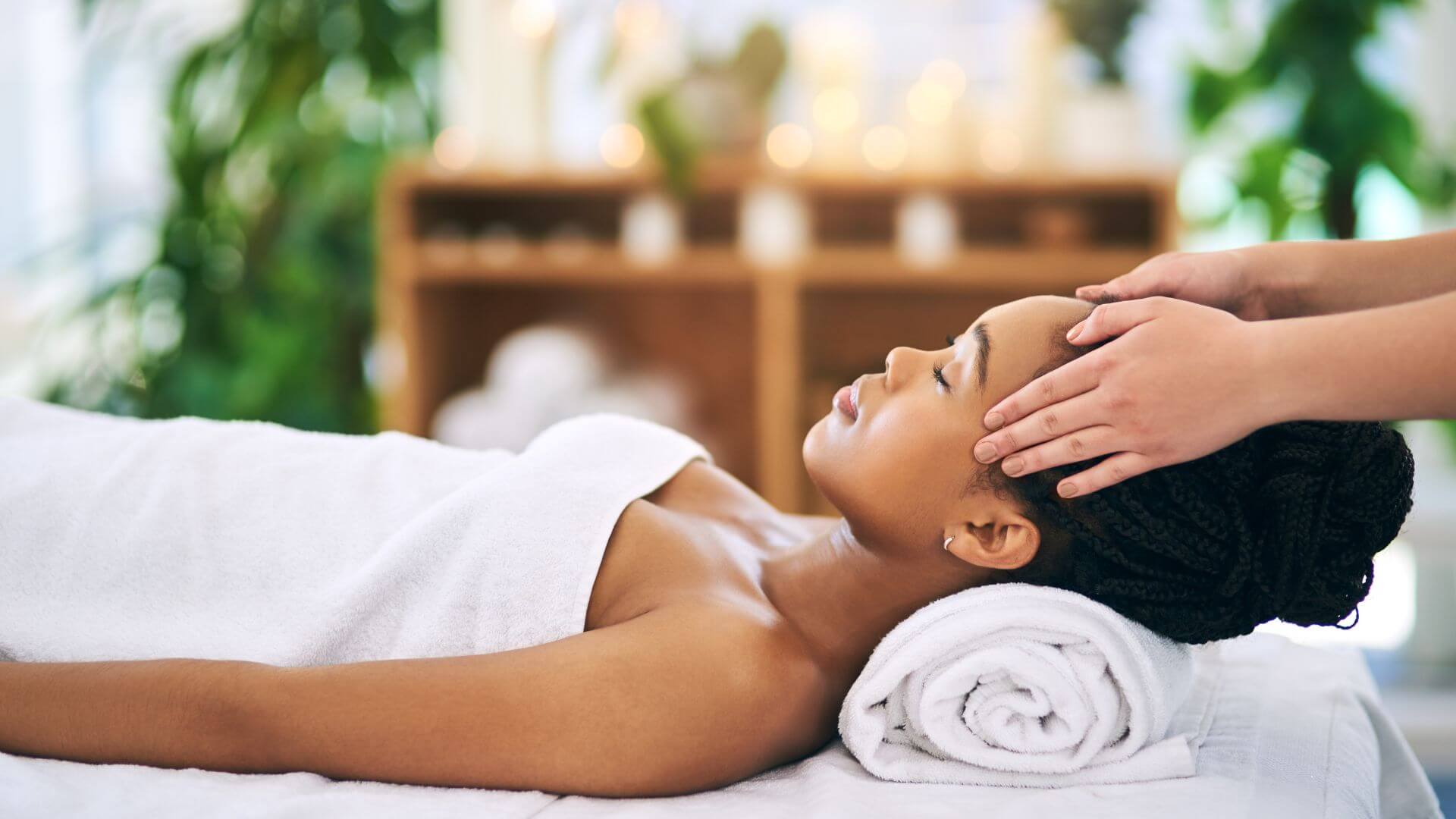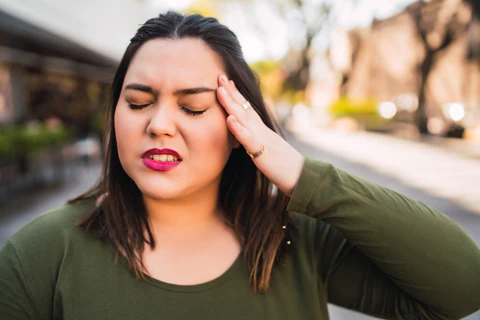
Varicose veins appear as twisted, enlarged veins visible beneath the skin’s surface. These dilated blood vessels most commonly develop in the legs and feet due to increased pressure from standing and walking. This condition can cause physical discomfort and may indicate underlying circulatory problems. Understanding the causes, symptoms, and available treatments can help you make informed decisions about managing this condition.
What Are Varicose Veins?
Varicose veins are enlarged, twisted veins that appear dark blue or purple beneath the skin. They develop when blood pools in veins due to weakened or damaged valves that normally prevent blood from flowing backward. The pooled blood causes the vein walls to stretch and bulge outward, creating the rope-like appearance characteristic of varicose veins.
These veins differ from spider veins, which are smaller and appear closer to the skin’s surface. Varicose veins are larger, more prominent, and may protrude above the skin level. They most frequently occur in the legs and feet because these areas experience the greatest pressure when standing upright.
What Causes Them?
Several factors contribute to the development of this condition, with age being a primary risk factor. As people age, the walls and valves of their veins naturally weaken, making it more difficult for blood to flow efficiently back to the heart. Women may experience varicose veins more frequently than men due to hormonal changes during pregnancy, menstruation, and menopause, which can weaken the walls of their veins.
A family history of the condition increases your likelihood of experiencing similar problems. Prolonged standing or sitting, particularly in occupations that require extended periods in one position, can increase pressure on leg veins and contribute to valve dysfunction. Additional risk factors include obesity and previous vein damage.
What Are the Treatment Options?
Multiple treatment approaches are available for this condition, ranging from minimally invasive procedures to surgical removal. The choice of treatment depends on the severity of symptoms, vein size and location, and individual patient factors. Modern treatments focus on closing or removing the affected veins while redirecting blood flow to healthier vessels.
Endovenous Ablation
Endovenous ablation uses heat energy to close varicose veins from the inside. During this procedure, a thin catheter is inserted into the affected vein under ultrasound guidance. Heat generated by radiofrequency or laser energy damages the vein wall, causing it to collapse and seal shut.
Sclerotherapy
Sclerotherapy involves injecting a chemical solution directly into the veins to cause them to collapse and fade. The sclerosant solution irritates the vein lining, causing it to swell and stick together. Blood flow is redirected to healthier veins while the treated vein is gradually absorbed.
Removal Surgery
Surgical removal involves physically removing problematic veins through small incisions. This approach is typically reserved for large, severely symptomatic veins that haven’t responded to other treatments. Compression stockings may be recommended during the healing period to support circulation and reduce swelling.
Varithena
Varithena is an injectable foam treatment that combines a sclerosant medication with gas to create a microfoam. This foam has better contact with vein walls compared to liquid sclerosants, making it an effective treatment for larger veins and those with complex patterns. The foam displaces blood in the vein, causing the walls to collapse and seal together.
Learn More About This Condition
Varicose veins represent a common circulatory condition with multiple treatment options available to address both symptoms and appearance issues. Early intervention can prevent progression and reduce the risk of complications such as blood clots or skin ulcers. Schedule a consultation to discuss your symptoms and explore treatment options that can improve your quality of life.





